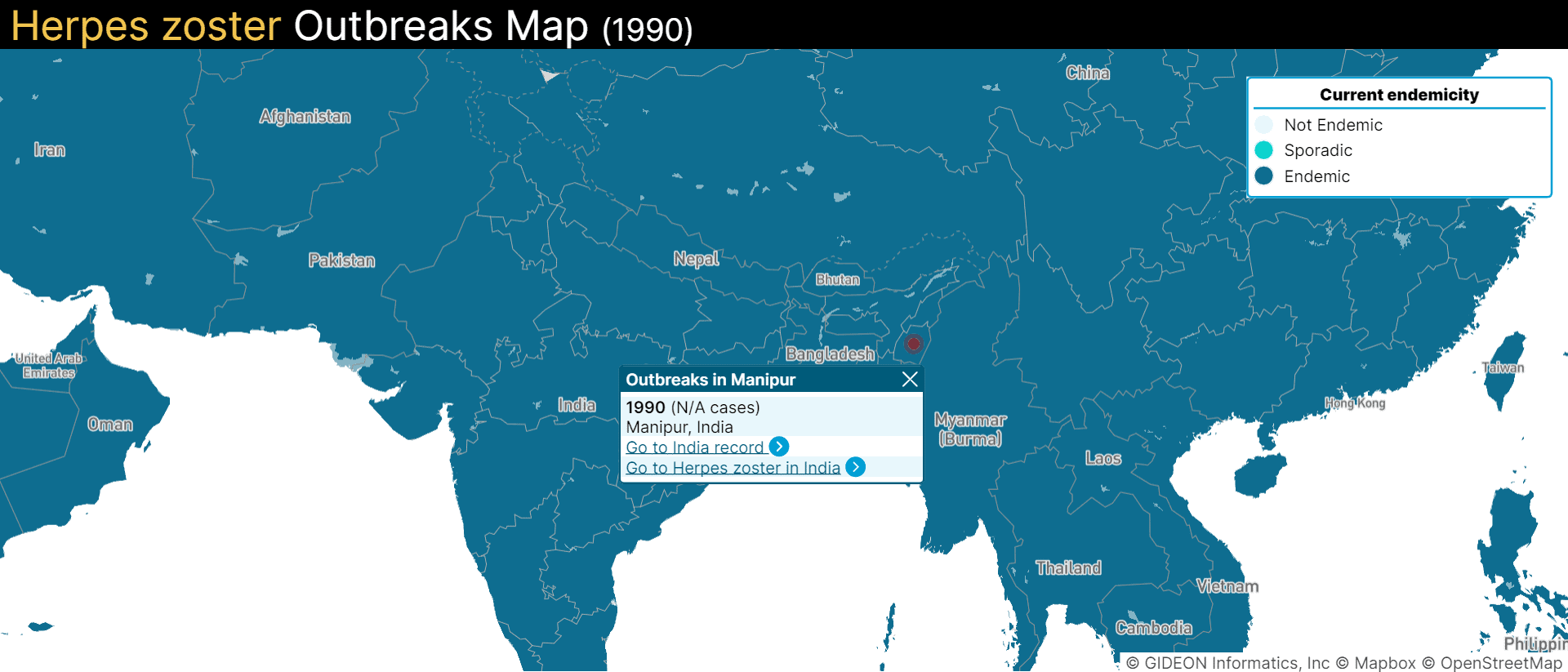Symptoms
One of the most distinctive features of herpes zoster is the sudden onset of a rash that is often painful. The rash consists of small, fluid-filled blisters that tend to cluster together. It usually appears on one side of the body, most commonly in a band-like pattern along the torso or back. Other symptoms of herpes zoster can include:
- Pain
- Itchiness
- Rash
- Fever
- Headaches
- Fatigue
Rarely, brain or spinal cord inflammation is possible and can lead to severe complications such as paralysis or blindness. Fortunately, herpes zoster is usually not life-threatening, and most people recover completely within a few weeks. However, some people may experience lingering pain for months or even years after the initial infection. The condition can be extremely painful and uncomfortable, so it is vital to seek medical treatment if you suspect you have it. Treatment focuses on relieving symptoms and preventing complications.
Treatment
There is no cure for shingles, but there are treatments that can help ease the pain and shorten the duration of the illness. Treatment typically consists of antiviral medication and pain relief. Anyone who has had chickenpox is at risk of developing shingles. Early diagnosis and treatment can help to prevent serious complications from developing.
Potential complications of shingles include pneumonia, hearing loss, and vision problems. Some people may experience postherpetic neuralgia, which is a condition that causes pain to linger even after the rash has gone away. Treatment for postherpetic neuralgia may include antidepressant medications and nerve blocks. With treatment, most people with herpes zoster will recover completely.
Prevention
Shingles is a virus that can be spread through direct contact with the rash or through contact with infected materials, such as clothes or towels. The best way to prevent the spread of shingles is to get vaccinated. The shingles vaccine is available for adults over 50 and can help reduce the risk of developing the condition.
Another way to prevent the spread of shingles is to avoid exposure to the virus. If you are around someone with shingles, it is also important to avoid direct contact with their rash and to wash your hands afterward. If you have shingles, keeping the rash covered and washing your hands often is essential. You should also avoid touching or scratching the rash, as this can spread the virus to other parts of your body or other people.
